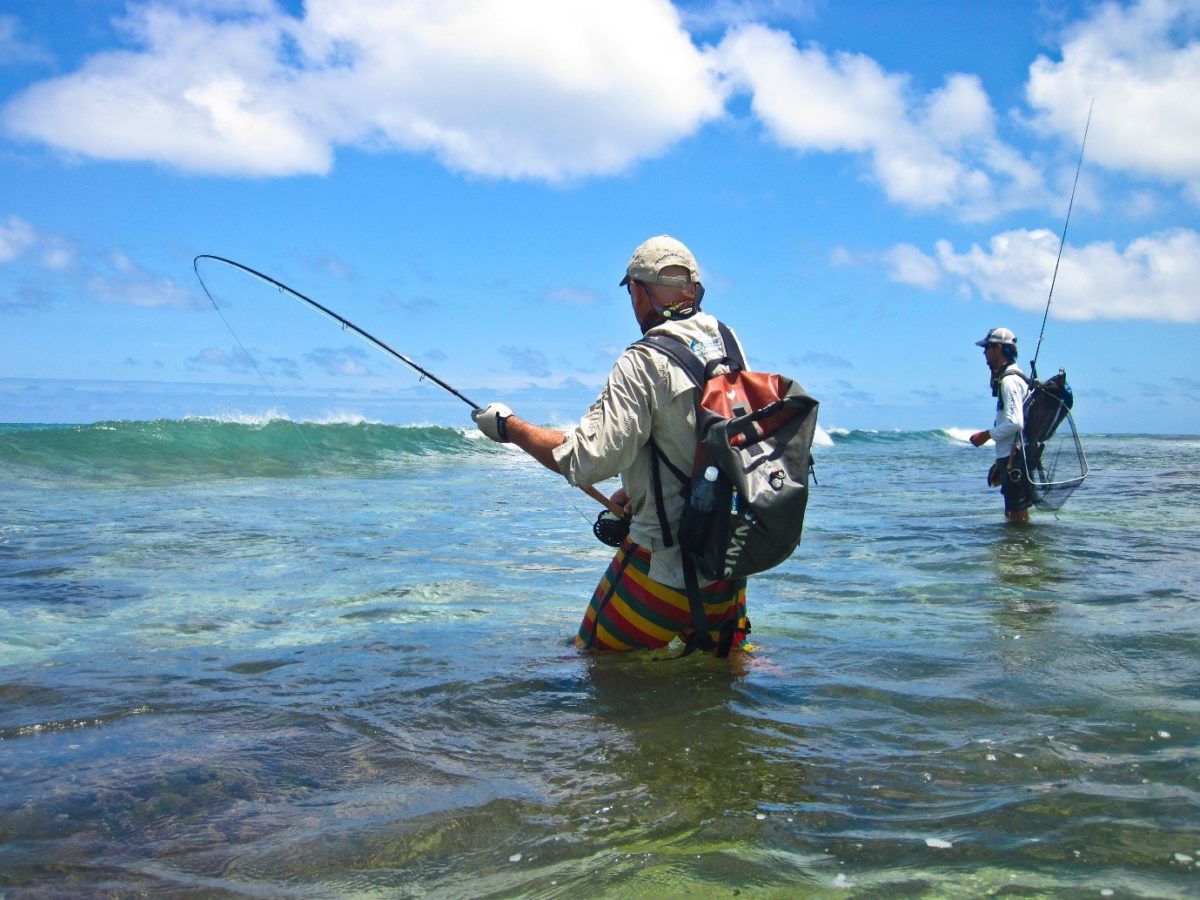When it comes to long days on the water, the right Fly fishing apparel can mean the difference between comfort and misery. Layering isn’t just about throwing on more clothes—it’s about creating a system that keeps you warm when it’s cold, cool when it’s hot, and dry no matter what Mother Nature throws your way. Mastering the art of layering will help you enjoy longer, more productive fishing trips without distraction from the elements.
Why Layering Matters in Fly Fishing
Layering is the foundation of comfort for anglers because weather conditions can change dramatically over the course of a day. Early mornings can be cool and damp, midday might bring sun and heat, and evening can return the chill. On top of that, the nature of fly fishing means you’re often standing in or near water, where wind and splashes add to the challenge of staying comfortable.
A proper layering strategy not only improves comfort but also enhances performance. By regulating body temperature and moisture, anglers stay focused, reduce fatigue, and remain agile when casting or wading.
Understanding the Three-Layer System
The most effective layering method is the three-layer system, which consists of base, mid, and outer layers. Each plays a unique role in keeping you comfortable.
Base Layer – Moisture Management
The base layer sits directly against your skin and is responsible for wicking away sweat. This keeps your body dry and prevents chills. Materials like merino wool and synthetic blends excel here because they draw moisture away while remaining breathable.
When choosing a base layer for fishing, prioritize lightweight, quick-drying fabrics. Avoid cotton—it holds water and takes a long time to dry, which can leave you cold and clammy.
Mid Layer – Insulation
The mid layer provides warmth by trapping body heat. Popular options include fleece, down, and synthetic insulated jackets. This layer should balance warmth with breathability, ensuring you don’t overheat during active casting or hiking to a fishing spot.
For anglers fishing in variable weather, a versatile mid layer like a zip-up fleece or a lightweight puffer can be adjusted on the fly—literally—by unzipping or removing as temperatures change.
Outer Layer – Weather Protection
The outer layer is your shield against wind, rain, and snow. A high-quality waterproof and breathable jacket is essential. Look for outerwear with features like adjustable cuffs, sealed seams, and vent zippers for comfort and durability.
For fly fishing, choose an outer layer designed for movement and casting freedom. Jackets that are too stiff or bulky can restrict your range of motion.
Seasonal Layering Strategies
Since weather plays a huge role in fly fishing comfort, your layering approach should change with the seasons.
Spring – Versatility is Key
Spring brings unpredictable weather—sunshine, rain showers, and gusty winds can all occur in a single day. Start with a moisture-wicking base layer, add a mid-weight fleece, and keep a waterproof shell in your pack. Convertible pants and lightweight gloves can add comfort for early-season trips.
Summer – Keep it Light
In summer, focus on breathability and sun protection. A lightweight, long-sleeved base layer with UPF protection will keep you cool while protecting your skin from UV rays. Skip heavy mid layers and opt for a breathable rain shell in case of sudden storms.
Fall – Prepare for Temperature Swings
Fall days can start frosty and end warm. A merino wool base layer, insulated vest, and weatherproof jacket create a flexible system. Pack an extra mid layer for cold snaps and choose quick-drying pants to handle morning dew or river splashes.
Winter – Maximize Warmth
Cold-weather fly fishing demands a thermal base layer, heavy fleece or synthetic insulated mid layer, and a fully windproof and waterproof outer shell. Don’t forget insulated gloves, wool socks, and a warm hat to retain body heat.
Accessories That Enhance Layering
Layering doesn’t stop at jackets and pants—accessories are just as important in keeping you comfortable.
Hats and Headwear
A warm beanie for cold conditions or a wide-brim hat for sun protection can make a huge difference. Look for moisture-wicking or water-resistant materials.
Gloves
Neoprene gloves keep hands warm and functional even when wet, while fingerless gloves provide dexterity for tying knots in milder weather.
Socks
Wool or synthetic blend socks offer warmth and moisture control. In cold conditions, consider sock liners for an extra layer of insulation.
Neck Gaiters and Buffs
These versatile pieces protect against sun, wind, and cold. They can be worn around the neck, pulled over the face, or used as a head covering.
Layering Mistakes to Avoid
Even experienced anglers can make layering errors that compromise comfort. Avoid these common pitfalls:
- Wearing cotton: It absorbs moisture and loses insulation properties when wet.
- Over-layering: Too many layers can restrict movement and cause overheating.
- Ignoring fit: Layers should fit comfortably without bunching, which can cause chafing.
- Skipping ventilation: Look for garments with zippers or mesh panels to regulate temperature.
Layering for Different Fishing Environments
Layering strategies should also consider the specific environment you’re fishing in.
River and Stream Fishing
Expect cooler temperatures due to proximity to water. Focus on waterproof and quick-drying layers, and bring an extra mid layer for early mornings.
Saltwater Fly Fishing
Here, sun protection and wind resistance are priorities. Lightweight, long-sleeve shirts with UPF ratings and windproof shells are ideal. Breathable rain jackets are also a must for sudden squalls.
Backcountry Fishing
When hiking to remote locations, pack lightweight, compressible layers. Synthetic materials are preferred because they perform better in damp conditions and dry quickly.
Caring for Your Fly Fishing Apparel
Proper care ensures your layering system lasts for many fishing seasons. Wash base layers in cold water with mild detergent, avoid fabric softeners, and hang dry when possible. For outer layers, reapply durable water repellent (DWR) treatments as needed to maintain waterproof performance.
Store your gear in a dry, well-ventilated space to prevent mildew and odors.
Final Thoughts – Master the Art of Layering
Layering isn’t just about staying warm—it’s about creating a personal climate control system that adapts to your environment. With the right combination of base, mid, and outer layers, plus well-chosen accessories, you can fish comfortably in any season. Investing in high-quality, purpose-built pieces ensures your fly fishing apparel works with you, not against you, on every trip.
When you master layering, you’ll spend less time worrying about the weather and more time focused on perfecting your cast and landing that next trophy fish. Equip yourself wisely, and every day on the water can be a good one—no matter what conditions arise.



